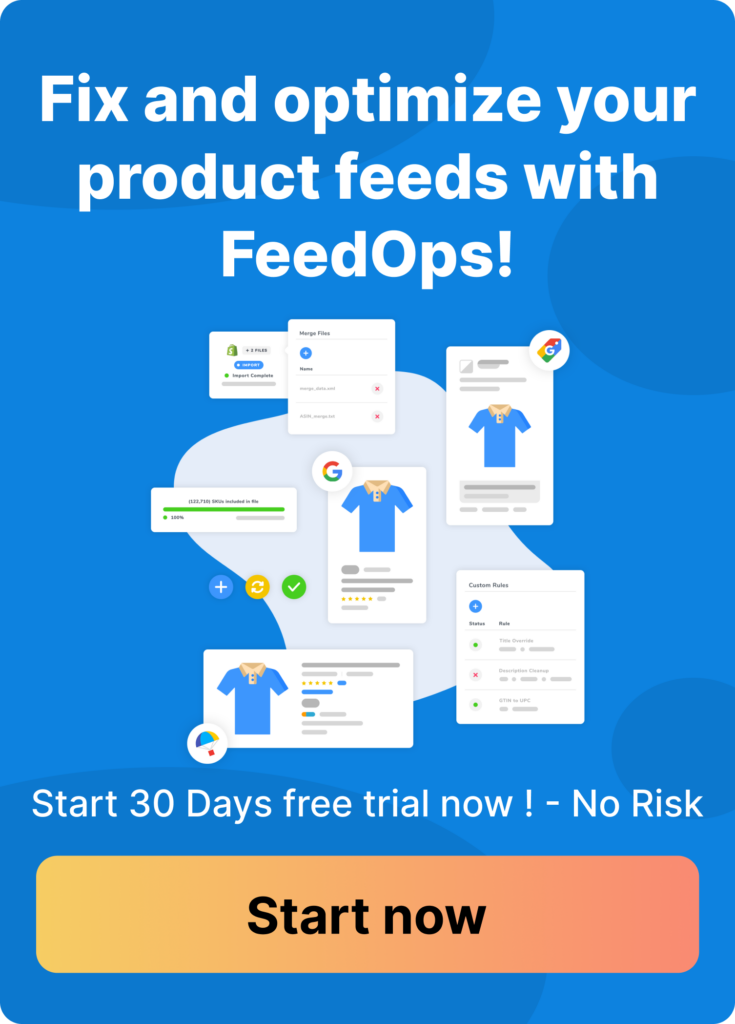Remarketing is commonly known as a way to re-engage with people who have previously visited your website, or used your mobile app. Dynamic remarketing is a more advanced version of this, allowing you to show ads that contain images of the specific products or services these people have recently viewed. This provides opportunities to generate leads and increase conversions by keeping your products and brand visible and relevant to people as they are searching and shopping online. You can take advantage of Dynamic Remarketing With Google Smart Shopping.
Dynamic remarketing takes advantage of the benefits of the Google Display Network to obtain the maximum value from your existing customers. The Google Display Network has a vast collection of websites, mobile apps and video content and contains over 2 million sites, reaching over 90% of people on the internet. This provides significant opportunities to expand your audience and reach.
Advantages Of Dynamic Remarketing
Remarketing will work best if your efforts are aligned with your strategic goals. Consider how your big picture goals such as the overall expansion and growth of your business align with marketing specific goals such as driving sales, increasing website traffic or promoting brand awareness. This will help to maximize the advantages of dynamic remarketing.
Dynamic Remarketing encompasses many aspects of remarketing and provides benefits including:
- Reach: Promote your ads across devices as people are browsing websites and mobile apps across the Display Network
- Timing: Show your ads to people that have previously interacted with your website or app, right when they are searching and more likely to result in a conversion
- Efficient pricing: Remarketing campaigns have the ability to use automated bidding which calculates the optimal bid performance for the person viewing your ad. If combined with a Smart Shopping campaign, dynamic remarketing can also layer this process with smart bidding to further optimize remarketing results by only showing ads to people likely to convert
- Easy ad creation: Further enhance your dynamic remarketing campaign by using Googleâs free Ad Gallery to produce text, image and video ads that can be scaled to promote all of your products or services.
- Campaign statistics: Utilize Google Ads reports to review your campaign performance, where your ads are showing and the price you are paying to show your ads
Another additional benefit to using dynamic remarketing in conjunction with Smart Shopping is that remarketing lists are automatically created and enabled when your Smart Shopping campaign is created. This removes the need to create remarketing lists and audiences. The only downside to this is you may want to use remarketing for a specific purpose. As dynamic remarketing has a strong focus on targeting people most likely to convert, if you have another area you wish to focus on (i.e. target cart abandoners, website visitors, past converters) you may still find benefits in creating dynamic remarketing lists.
Smart Shopping And Dynamic Remarketing
Smart Shopping campaigns use Machine Learning to maximise your conversion value (revenue) or your target return on ad spend by identifying and promoting your best selling products and categories to people likely to make a purchase. Dynamic remarketing then uses the information gathered during this process to further optimize and tailor remarketing efforts, resulting in enhanced conversion opportunities.
Essentially, dynamic remarketing has the ability to boost your overall results by promoting ads which include images of the products or services that people have recently viewed on your website or app. Customizing the ads displayed to your audience in a more personalized way can help increase the potential number of conversions, and provides more scope to align your advertising efforts with your business goals and strategic marketing plan. For further insight from Dynamic Creative view our blog on Setting A Goal For Your Digital Advertising.
Googleâs ability to use Machine Learning to optimise your Smart Shopping campaigns, resulting in improved dynamic remarketing capabilities will work best if your campaigns are set up correctly from the start. If your remarketing efforts are not resulting in increased traffic or conversions you may want to review your current Smart Shopping campaign setup. If youâre new to creating Smart Shopping campaigns we encourage you to give some consideration to your product feed, title optimization, remarketing tags, campaign setup and remarketing lists. For further information on optimization refer to our blog on Smart Shopping next steps.
Is It For Me?
When determining if dynamic remarketing is right for your business it is important to consider any restrictions that may impact your ability to implement this. Areas of consideration include:
- Dynamic remarketing can only be shown on the Google Display Network.
- All remarketing ads require submission and approval by Googleâs policy review before they will be eligible to show.
- Remarketing ads must align with Googleâs personalised advertising requirements, which include ensuring user privacy is respected and data collected is handled in a confidential and ethical manner.
- Certain categories that relate to personal hardships, identity and belief or sexual interests may be prohibited from remarketing as they can have unintentional negative impacts on the intended audience. Categories that are likely to be impacted by this include advertisements for alcohol, gambling, prescription medication, maternity wear, religious content and birth control. Googleâs Personalised advertising article outlines these areas in more detail.
It is also important to note you must have remarketing tags on setup correctly on your website to implement dynamic remarketing. Having remarketing tags means that when someone views a particular page on your website, it activates the remarketing tag associated with this webpage. This is then used as part of the dynamic remarketing process to identify which products or services have been viewed, determining what content to show when promoting remarketing ads.
â



